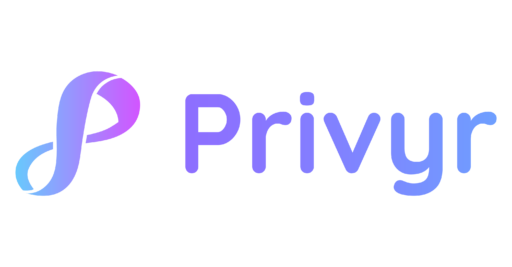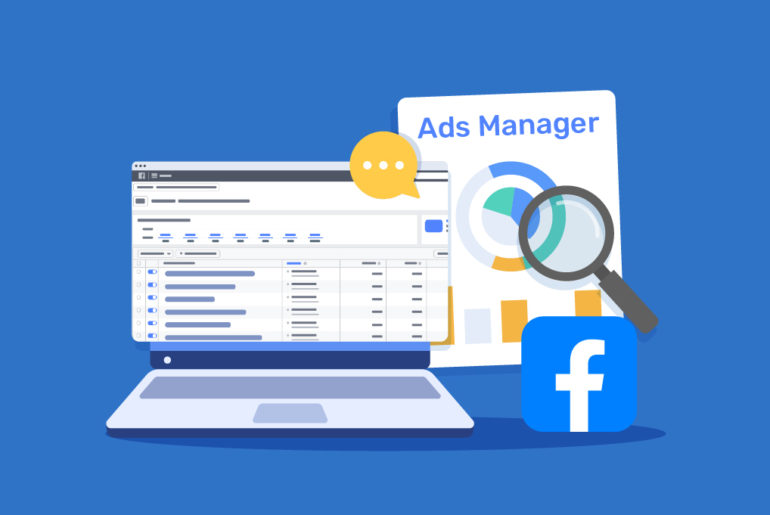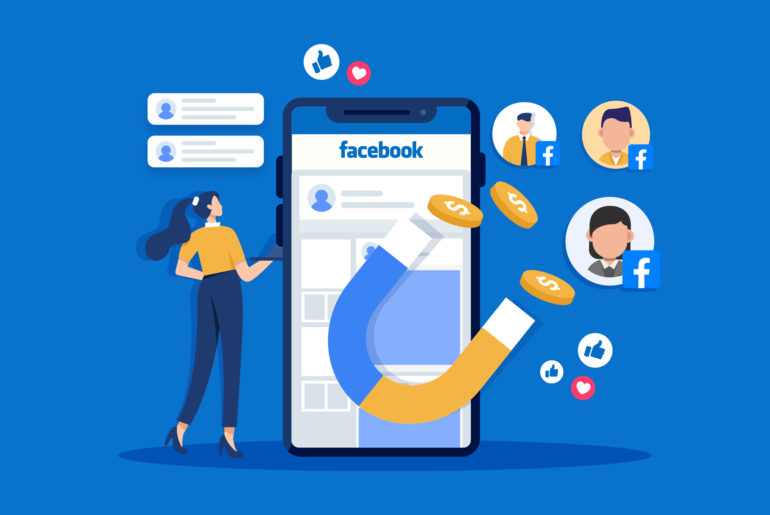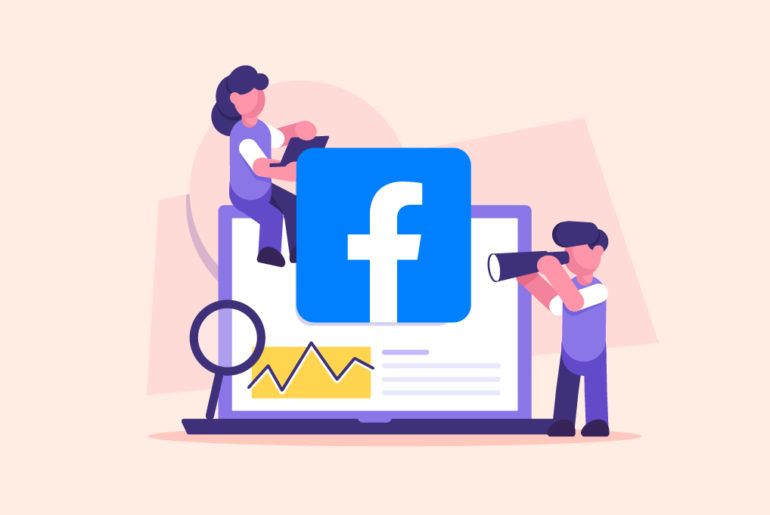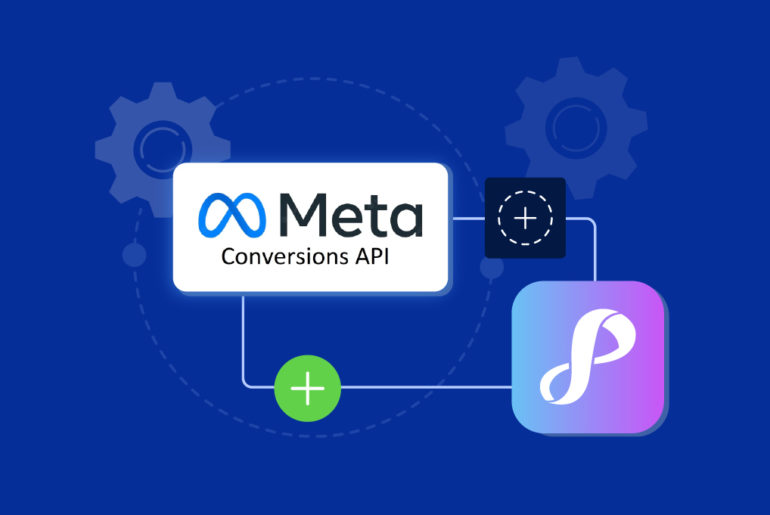Tired of running Lead Ad campaigns on Facebook with little success? Maybe changing your approach will help.
People often complain that Facebook doesn’t offer quality leads. You might have heard that you either need to spend a lot of money on Facebook or turn to other platforms to get better leads. But most of the times, generating low quality leads has nothing to do with the platform.
No platform can guarantee satisfactory results if a Lead Ad takes the wrong approach. And keep in mind that Facebook is still one of the best platforms to generate leads because of its massive user base and daily engagement rates.
But the question is, how can you run effective lead generation campaigns on Facebook?
For a start, we can learn from analysing some success stories with Facebook Lead Ads.
In this article, we’ll discuss the best practices of Facebook Lead Ads and explore some case studies – plus reasons behind their success. By the end, you’ll have a clearer direction on how to run your campaign successfully.
What makes a successful Facebook Lead Ad?
Facebook is a great platform to collect leads, but at the same time, it’s highly competitive. Therefore, generating leads successfully through Facebook Lead Ads requires more than just knowing how to create and publish an ad. Successful ads target the right people, attract them, and guide them through the process smoothly.
However, it doesn’t take a lot of time and effort to learn and implement these practices in your lead ads. Here are the most important ones you should know.
Targeting the right audience
Conveying the message to the right audience is the most important part of any promotional activity. It’s essential to ensure that your Lead Ad is targeting the right people. In order to do that, you’ll need to allocate some time to understand your audience, including their problems, preferences, and general profiles. This not only helps you during the ad creation step where you specify a target audience based on demographics, but also guides you in creating relatable and relevant messages.
Using visually appealing design
As people scroll through the content really fast, your ad should have a wow factor that stops them from scrolling further. People only interact with visually appealing content. To capitalise on this, your ad creative should be attention-grabbing. It includes eye-catching images or videos and concise text that complements the visuals. High-quality graphics compiled with compelling ad copy can compel users to pause and consider your offer.
Simplifying your forms
The goal of a Lead Ad is to generate leads. Though it sounds simple enough, there’s a catch: people are often reluctant to share their personal information. However, this hesitation can be mitigated by asking for only the most essential information. The less time and effort it requires to fill out the form, the more likely users will complete the form and click ‘Submit’.
Optimising ads for mobile
With more than half of Facebook’s users accessing the platform from their mobile devices, you should want to optimise your ads for mobile. Therefore, make sure that your forms load fast and are also easy to fill out and complete on smaller screens. Remember, poorly formatted forms can lead to frustrated users and missed opportunities. Facebook Lead Ads are responsive by default, but always ensure they work just as well on smaller devices.
Including clear call-to-actions
A Call-to-Action (CTA) button is not just an instruction, it’s a persuasive tool designed to encourage users to take action. Ensure your CTA button is clear, concise, and tells users exactly what they’ll get after clicking.
Testing and optimising regularly
The key to any successful marketing strategy lies in continuous testing and optimisation. Without creating and testing different versions of your ad, you’ll never be able to make the most of your campaign. Experimenting with different visuals, ad copy, CTAs, and forms helps you determine what resonates best with your audience. Use Facebook’s built-in A/B testing tool to compare different ad versions, and make informed decisions based on their performance to improve your lead generation efforts.
Successful Facebook Lead Ads: Case studies
Let’s take a look at some successful Facebook Lead Ads examples and discuss the best practices that helped them achieve their desired results.
1. Mira Clinic
Mira Clinic, a Turkey-based cosmetic dentistry and plastic surgery clinic, ran a lead generation campaign featuring testimonial videos of clients and influencers. They A/B tested the ad, one with Leads Optimisation and the other with Conversion Leads Optimisation. As a result, conversion leads optimisation helped them generate 48% more quality leads.
Elements of success
- Targeting the right audience: Mira clinic knows who their audience is, and as a result, they were successful in targeting them with the right message
- Attention grabbing Ad Creative: The use of video with a compelling message worked perfectly to grab the attention of the target customers.
- A/B testing: Testing various versions helped them find the one that generates quality leads. As a result they ended up generating 48% more quality leads, with each lead costing 36% lower.
2. OSK Property
This Malaysian real estate developer ran a Facebook Lead Ad campaign and earned 3 times more leads with Facebook Lead Ads using the right communication channel. They ran a split test comparing two lead-generation campaigns using the same creative – one campaign showing a form pre-filled with information from their Facebook profile, while the other redirected customers to automated question-and-answer experience on messenger.
With the split test, they identified that though the ad creative was successful in attracting target audience, lead generation on messenger generated more quality leads.
Elements of success
- Right targeting and messaging: With a message that resonates with their consumer base, OSK property successfully grabbed the attention of their audience
- A/B testing and finding the right lead generation channel: Testing two different versions offering two different user journeys, the company figured out which approach their customers preferred. As a result, they were able to generate 3 times more qualified leads through Facebook messenger.
3. SumUp
The European FinTech company, SumUp, managed to generate quality leads and reduce its cost per lead by using lead filtering with Instant Forms.
The company had been generating a huge amount of leads through Facebook Lead Ads. But there was an issue: Of all the collected leads, very few were quality leads. As a result, cost per lead was high. As they were struggling to attract accurate leads, they decided to test Lead Ads with a new feature – lead filtering.
Lead filtering allows businesses to include a customised qualifying question in the Lead Form before people can submit their information. Thus, SumUp added a question, “Are you a business owner?” to their form. The question helped them filter the audience and collect quality leads by discouraging non business owners from completing the form.
Elements of success
- Attention grabbing ad design: With an attention grabbing ad design, SumUp was able to attract a huge number of leads on Facebook.
- A/B testing: Although the ads were collecting a lot of leads, there were very few quality leads, causing higher cost per lead. To fix that, they A/B tested their Lead Form with a new feature called lead filtering. Lead filtering helped collect quality leads and decrease cost per lead.
4. Additive
Additive is a hotel marketing and sales automation agency. Running Lead Ads on Facebook helped them double their conversion rate and increase qualified leads by 3.7 times.
Additive’s ads featured stunning images of the luxury resorts and people. It also highlighted a €30 voucher for anyone who signed up. Additionally, they made the lead form submission process easier by using pre-filled lead forms with the customer’s name and email addresses added in already. They then conducted a multi-cell A/B test on different ad creatives which helped them identify the most engaging one.
Elements of success
- Stunning ad creative and enticing message: Additive used vibrant and high-quality graphics to grab the attention of people, and it proved to be a success. Plus, the enticing message in the form of a discount encouraged more people to click on the ad.
- Simple lead form: Effortless lead form helped users to easily submit the form (details already filled out for them), resulting in a good conversion rate.
- A/B testing: Testing different ad creatives helped Additive identify the best performing design. As a result, they were able to maximise lead generation.
And now it’s your turn!
Now that you know how to create and run successful Lead Ad campaigns on Facebook, go for it! On that note, you probably also want your next steps to run just as smoothly. After generating your leads, your primary goal is to convert as many of them as you can into paying customers. And you might already know that running the sales process manually causes delays and human errors, leading to missed opportunities.
Privyr is a mobile-first CRM that helps you run your sales process smoothly from your mobile phone. It seamlessly integrates with your Facebook Lead Ads and automatically imports new leads into your device, allowing you to contact them right away on popular messaging apps like WhatsApp. Not only that, the app also helps you set an effective follow up schedule based on your interactions with leads, personalise and streamline the messaging process, and easily distribute leads to your team members.
It’s super fast and easy to set up automated downloads and lead alerts for your Facebook Lead Ads, right from your phone. Watch our step-by-step guide above.
Sounds interesting? Try Privyr for free today.
